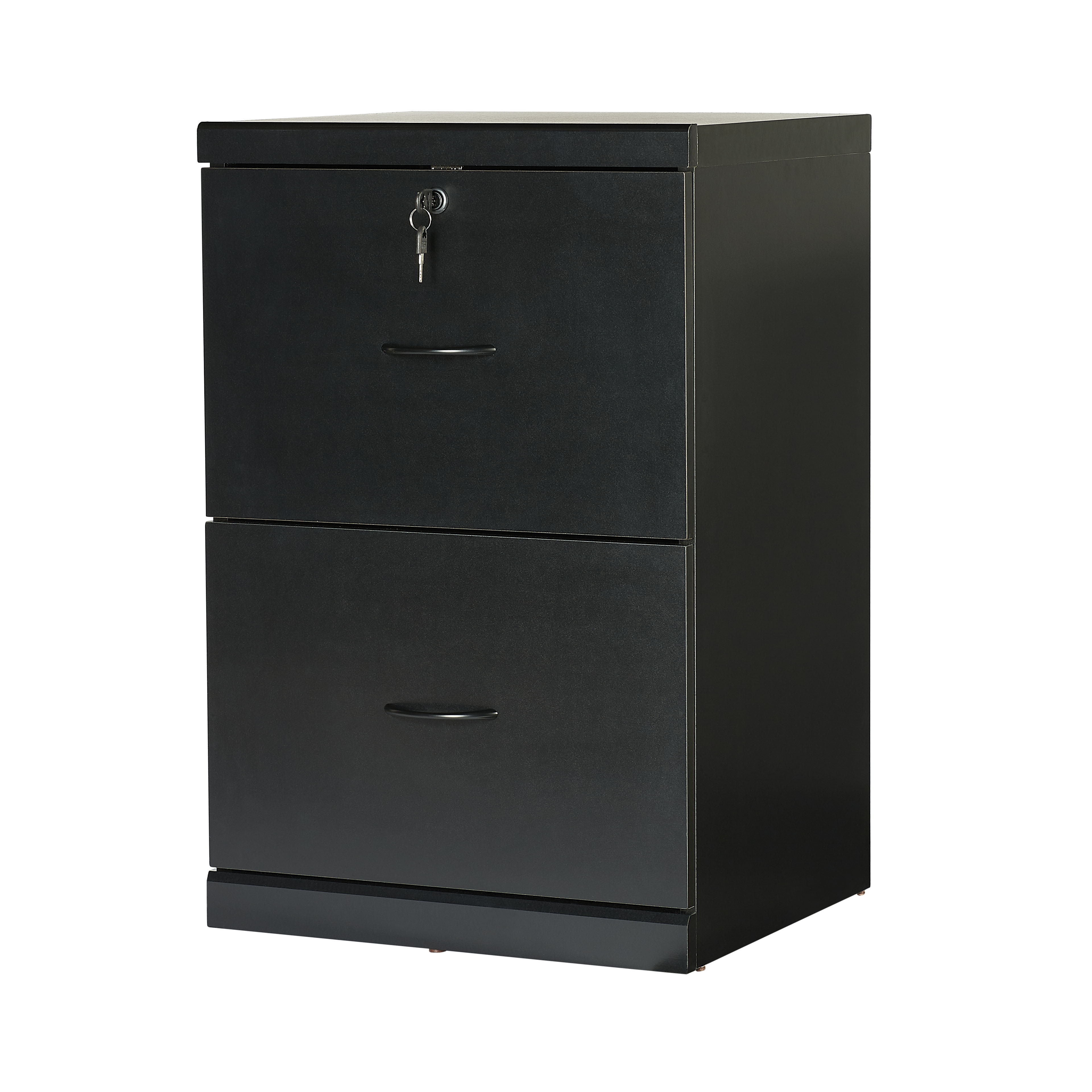Maintenance and Considerations for Black Locking File Cabinets

The longevity and smooth operation of your black locking file cabinet depend significantly on proper care and maintenance. Regular cleaning and attention to potential problems can prevent costly repairs and ensure your valuable documents remain secure and accessible for years to come. This guide offers practical advice for maintaining your cabinet, regardless of its material composition.
Cleaning and Maintenance Procedures
Maintaining a clean and well-functioning file cabinet is crucial. Different materials require slightly different approaches. Steel cabinets, for instance, are generally durable but can show scratches and rust if neglected. Wood cabinets, on the other hand, are susceptible to water damage and require careful cleaning to prevent warping or staining.
- Dusting: Regularly dust your cabinet using a soft, dry cloth or a microfiber duster. Pay attention to crevices and hard-to-reach areas. For steel cabinets, a slightly damp cloth can be used, ensuring it’s thoroughly dried afterward to prevent rust.
- Cleaning Steel Cabinets: For more thorough cleaning, use a mild all-purpose cleaner diluted with water. Apply the solution to a soft cloth, wipe down the cabinet, and then wipe it clean with a damp cloth followed by a dry cloth. Avoid abrasive cleaners or scouring pads that could scratch the surface.
- Cleaning Wood Cabinets: Use a specialized wood cleaner or a solution of mild soap and water. Apply gently with a soft cloth, ensuring the wood doesn’t become overly wet. Immediately dry the surface with a clean, soft cloth to prevent water damage. Avoid harsh chemicals or excessive moisture.
- Lubrication: Periodically lubricate the locking mechanism with a dry graphite lubricant. This prevents sticking and ensures smooth operation. Avoid oil-based lubricants, as these can attract dust and grime.
- Inspection: Regularly inspect the cabinet for any signs of damage, such as dents, scratches, or loose components. Address minor issues promptly to prevent them from escalating.
Troubleshooting Common Problems
Even with regular maintenance, problems can arise. Understanding how to address these issues promptly can save time and money.
- Jammed Locks: A jammed lock is a common problem. First, try gently working the key in the lock. If this doesn’t work, a dry graphite lubricant applied to the key and lock mechanism can often resolve the issue. If the problem persists, contacting a locksmith or the manufacturer may be necessary.
- Damaged Drawers: If a drawer is sticking or difficult to open, check the runners for debris or damage. Clean the runners and lubricate them with a dry lubricant. If the damage is significant, replacing the drawer or runners might be required. For wooden cabinets, consider tightening loose screws or applying wood glue to repair minor damage.
- Loose Components: Tighten any loose screws or bolts to secure components like handles or drawer pulls. If the problem persists, it might indicate a more serious structural issue that requires professional attention.
Material Comparison: Steel vs. Wood, Black locking file cabinet
The choice between steel and wood file cabinets influences their lifespan and durability.
Black locking file cabinet – Steel cabinets are generally more durable and resistant to damage, offering better protection against fire and theft. Their lifespan can easily exceed 20 years with proper care. However, they are heavier and can be more susceptible to dents and scratches. A high-quality steel cabinet with a powder-coated finish offers superior protection against rust and corrosion. For example, a well-maintained steel cabinet in a commercial office setting could last for over 25 years, only needing minor repairs along the way.
Wood cabinets, while aesthetically pleasing, are more susceptible to damage from moisture, scratches, and impacts. Their lifespan is generally shorter than steel cabinets, typically ranging from 10-15 years depending on the wood type and quality of construction. For example, a solid oak file cabinet in a home office might last 10-12 years with proper care, while a less expensive wood cabinet could show significant wear within five years. The type of wood finish also plays a role; a durable polyurethane finish offers better protection than a simple varnish.
